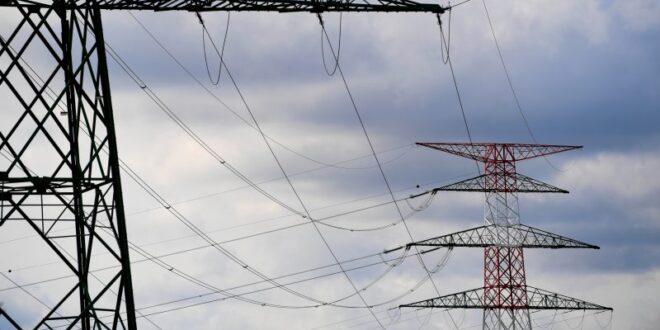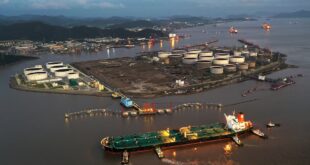In September last year, the European Union’s electric utility industry association, Eurelectric, warned that the bloc needed what Reuters called “unprecedented” investments in grid upgrades. Otherwise, Eurelectric said, the EU could well miss its energy transition targets.
A month later, the Biden administration announced a $3.5-billion grant pot for grid upgrade projects, including building new transmission lines to connect more wind and solar installations.
The transition leaders are in a rush to bolster their grids. Because without this, there will be no transition. But they may well be late already.
Bloomberg reported earlier this month that in 2023, investments in grid expansion on a global scale rose by 5% from the prior year to $310 billion. The publication called the development “welcome news in a period that otherwise saw increased grid congestion and longer interconnection queues.”
Not only this, but the United States was in the lead for a change, spending $87 billion on things like grid resilience improvement and distribution grid expansion to accommodate more so-called distributed power sources, meaning wind and solar. In Europe, investments in grid upgrades and expansion stood at $60 billion.
These are some impressive numbers right there, but they won’t be enough to hit 2030 targets that both the European Union and the Biden administration have made perhaps a little too ambitious.
The EU has a target of generating 45% of its electricity from low-carbon sources by 2030. The Biden administration eyes 80% of generation coming from low-carbon sources by 2030. To that end, both need to step up the construction of wind and solar installations—and they need to step it up massively. The EU and the U.S. also need to seriously increase their spending on the grid.
“The grid, as it currently sits, is not equipped to handle all the new demand … we need it to be bigger, we need it to be stronger, we need it to be smarter, to bring all of these new projects online,” U.S. Energy Secretary Jennifer Granholm said back in October when the grid grants were announced.
This is the case everywhere where authorities are sponsoring the massive buildouts of wind and solar. The reason is that grids were developed for a power system based on baseload, 24/7 electricity generation from hydrocarbons and nuclear—and hydro. But if wind and solar are to be the new generation sources, we would need significant expansions in the grid to bring that electricity to where it is needed when it is available.
Utility-scale wind and solar are normally built in areas that are quite far from the biggest demand drivers—cities. Not only this, but wind and solar generation is not something that happens around the clock. Turbines only generate when the wind blows, and solar panels only generate when the sun shines (even through clouds).
The trick to using the energy produced by these systems is to build enough transmission and distribution lines to make sure all wind and solar output reaches some group of consumers, and the energy does not get wasted just because, for instance, peak solar output usually coincides with trough demand.
This is the point of the grid expansion that energy transition leaders need to enforce urgently. Batteries are a good argument in a debate, but batteries for utility-scale wind and solar systems are ridiculously expensive at this point in time and cannot be a universal backup. Grid expansion, then, is the alternative. Alas, it costs a pretty penny as well.
The IEA published last October a report on grids. The report noted that not only did electricity generation need to increase in order to fit in with transition plans, but demand must grow, too—on the assumption that electrification will replace hydrocarbon use.
For all these things to happen without a hitch, the IEA said, the world needed to build 80 million km of new power lines by 2040. This is equal to the current length of global grids, meaning we need to double the current grid. Yet this is a bit harder than putting up a rooftop solar installation.
Building new transmission and distribution lines at this scale will be a challenging endeavor because, first, it costs a lot; second, people don’t run transmission lines in their backyards; and third, because you need specifically qualified workers to do that—and these are in short supply.
Without a major grid expansion, the EU’s and the Biden administration’s green plans will deliver only a fraction of what they are supposed to deliver. Wind and solar curtailment, meaning waste, will continue, and the transition will stall. But that expansion needs more than goodwill and determination—it needs hundreds of billions in investments and the acceptance of the public, as well as more linemen. Quite a challenging conundrum in the Post-Rate Hike Era.

 Iran Energy News Oil, Gas, Petrochemical and Energy Field Specialized Channel
Iran Energy News Oil, Gas, Petrochemical and Energy Field Specialized Channel



